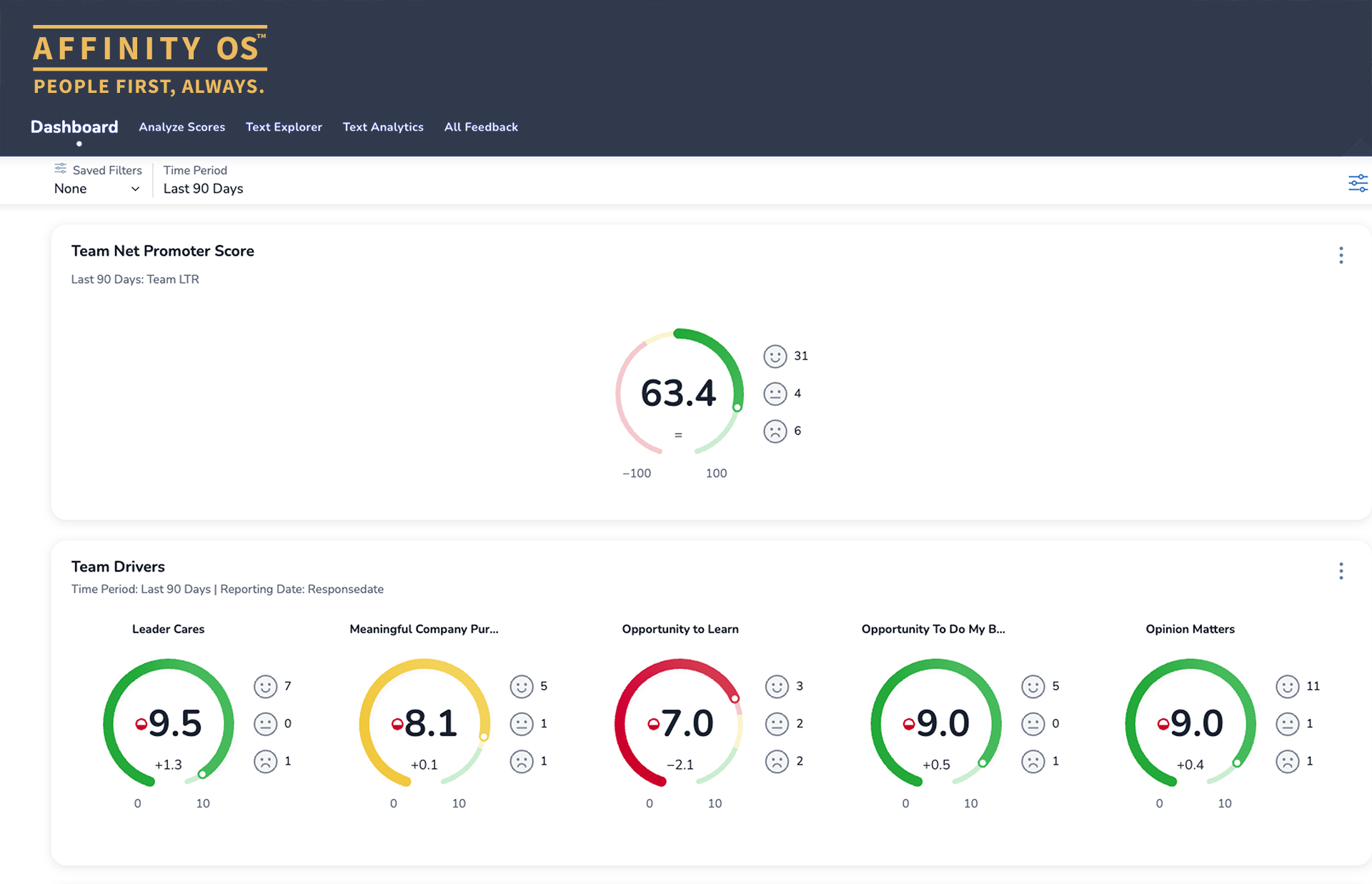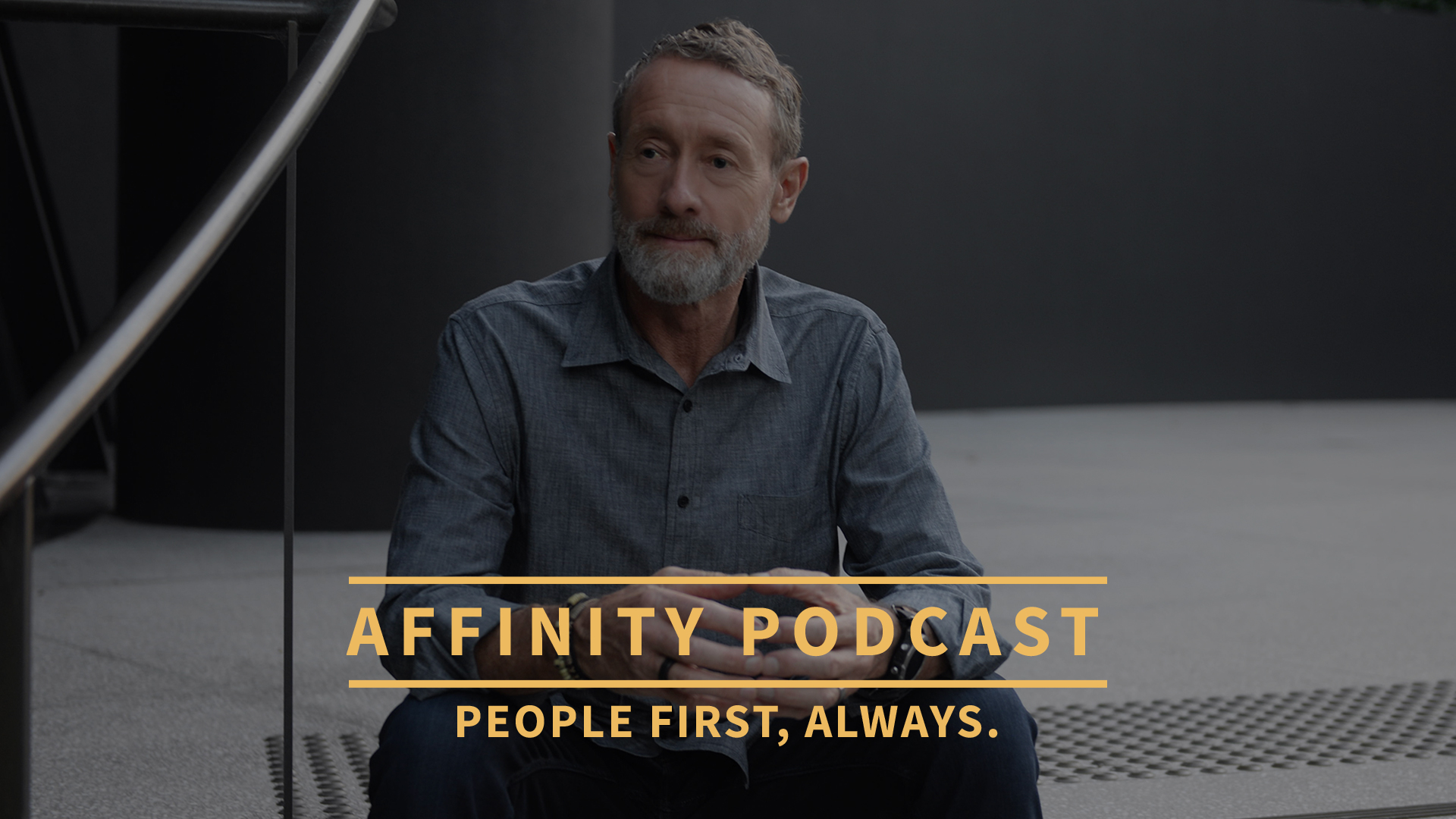Top 5 Ways Team Member Feedback Drives Team Member Retention and Engagement

Grant Ian Gamble is a best-selling mindful leadership author and speaker. He has over 30 years of experience in leading teams to create innovative customer experiences, building engaged workforces, and developing leaders who prioritize mindfulness in their approach.
In today’s dynamic work environment, understanding the pivotal role of team member feedback in fostering both retention and engagement is crucial for any organization striving for excellence. This article delves into the significant impact that a well-structured feedback system can have on your team’s dynamics and overall organizational health.
We explore how feedback not only clarifies expectations and guides career development but also cultivates a sense of ownership, trust, and a positive company culture. Supported by compelling statistics from reputable sources like Gallup, SHRM, LinkedIn, this article offers a deep dive into the practical benefits of embracing a feedback-rich environment.
We unravel how effective feedback mechanisms can transform the workplace by boosting morale, increasing retention, enhancing skill development, building trust, and fostering a thriving company culture.
- Identifies Strengths and Weaknesses: Timely and constructive feedback allows team members to understand their strengths and areas for improvement. This self-awareness can boost morale and engagement as employees will know exactly what is expected of them and how they can grow.
According to Gallup, employees who receive strengths feedback have 14.9% lower turnover. (Gallup, “State of the American Workplace”, 2017)
2. Creates a Sense of Ownership and Responsibility: When team members are involved in the feedback process, it instills a sense of ownership and responsibility towards their roles and the team’s success. They become more invested in their jobs, thereby increasing retention.
A study found that employees who feel a “high” level of ownership at their company are 30% more likely to stay. (SHRM, “Employee Job Satisfaction and Engagement”, 2019)
- Enhances Skill Development and Career Growth: Feedback provides the roadmap for professional development. Team members who see a clear path for career growth within their current organization are more likely to stay and be highly engaged in their work.
94% of employees would stay at a company longer if it invested in their career development. (LinkedIn, “2018 Workforce Learning Report”)
- Builds Trust and Fosters Open Communication: Consistent feedback loops create an environment of trust and open communication. Team members feel valued and heard, which translates to higher job satisfaction and less turnover.
According to a survey, 89% of HR leaders agree that ongoing feedback and check-ins are key for successful outcomes. (Globoforce, “The Future of Work is Human”, 2018)
- Promotes a Positive Company Culture: Team member feedback helps in establishing a culture of recognition and appreciation. A positive workplace culture attracts talent and significantly impacts team member retention.
Companies that have a strong culture have a 13.9% lower turnover rate. (Columbia University, “Turnover Study”, 2016)
By integrating these aspects into your feedback mechanisms, not only will you see improved team member retention but also a higher level of engagement, which can significantly impact business success.
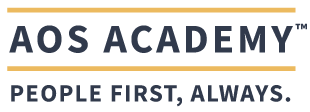
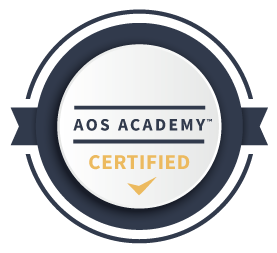
Dive into the heart of exceptional leadership and customer-centric success with AOS Academy. Our certification courses, guided by the “PEOPLE FIRST, ALWAYS” mantra, are designed to support professionals as mindful, effective leaders and service providers.
More Articles:
Measuring Team Member Engagement Beyond eNPS
While the Team Member Net Promoter Score (eNPS) is a powerful tool for gauging team member engagement, it shouldn’t be the only metric you rely on. Just like customer engagement, team member engagement is a multi-faceted concept that is best understood by looking at a variety of metrics. In this section, we’ll introduce two additional measures that complement eNPS: Team Member Satisfaction Score (TSS) and Team Member Effort Score (TES).
The Building Blocks of a Master Customer Service Professional
The journey to becoming a Master Customer Service Representative (CSR) goes beyond knowing the ins-and-outs of products or services. It involves cultivating specific skills and attitudes that not only enhance your professional abilities but also elevate the customer experience. The AFFINITY in Customer Service Certification program is designed to take you through this transformative journey. It covers various modules including emotional intelligence, teamwork, and maintaining a positive attitude, among others.
Listen to Understand: The Gift of Truly Listening Through Mindful Leadership
In “The Affinity Principle,” I describe listening as a “gift we give to another human being.” It’s not just about hearing the words but understanding the emotion and intent behind them. Mindful leadership demands this quality of listening to effectively guide, motivate, and support team members.
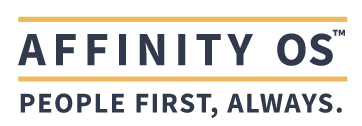
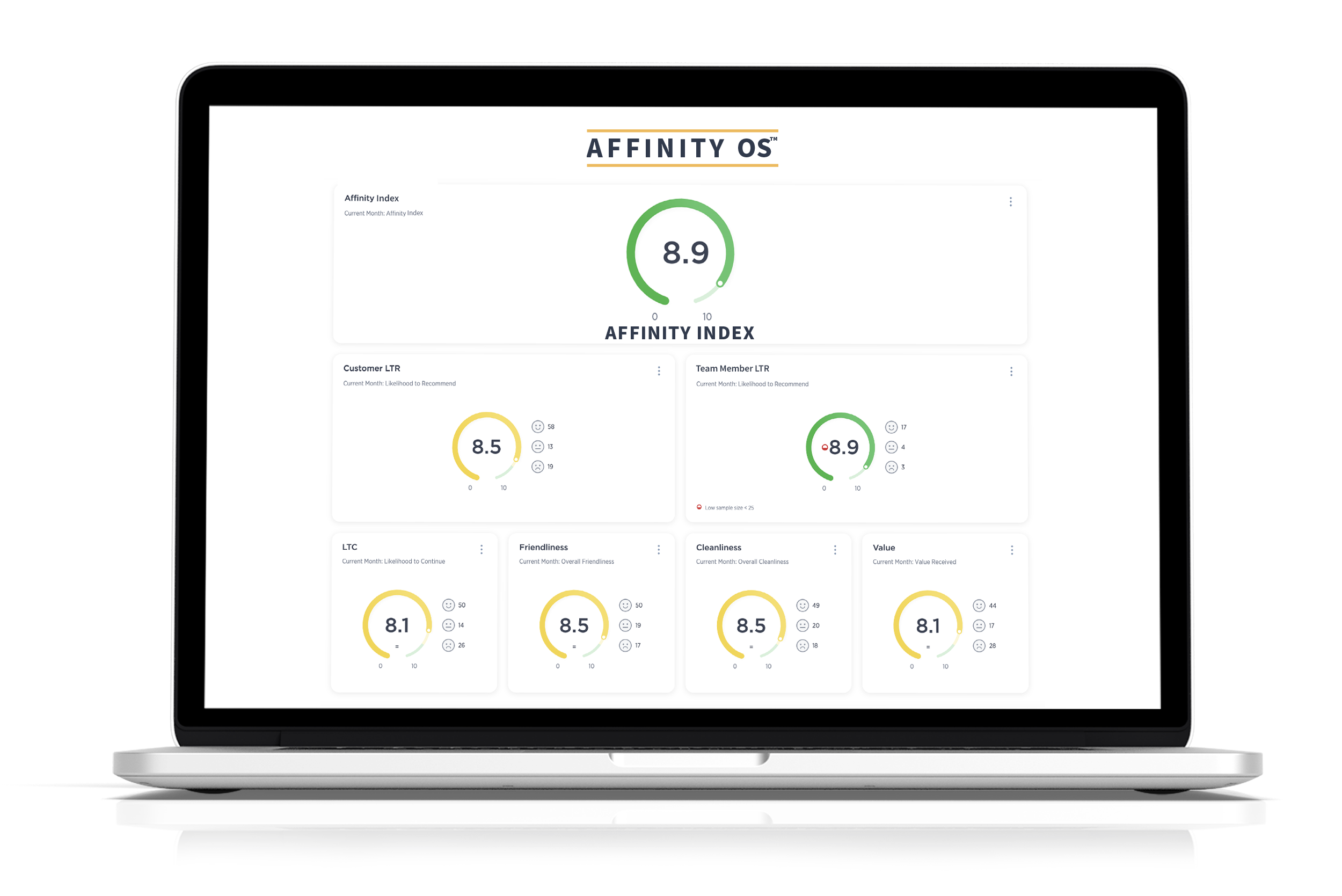 Interested in learning more about how to transform your organization’s approach to team member engagement and customer experience? Reach out to our team at AFFINITY OS, specialists in AI-driven customer and team member engagement optimization.
Interested in learning more about how to transform your organization’s approach to team member engagement and customer experience? Reach out to our team at AFFINITY OS, specialists in AI-driven customer and team member engagement optimization.
Put PEOPLE FIRST, ALWAYS and watch your business flourish.
Dive deep into the latest trends in customer experience and team engagement, mindful leadership and management. Discover practical tools and strategies that you can use to build a people-centric culture, the foundation for sustainable long-term business growth and success.
Led by mindful leadership expert, Grant Ian Gamble, a best-selling author and true visionary with over 30 years of experience in leading teams to create innovative customer experiences, building engaged, inspired and fulfilled workforces, and developing leaders who prioritize genuine connection in their approach.
The guiding principle behind all of Grant’s work is PEOPLE FIRST, ALWAYS.

CONTACT US
+61 475 866 592

